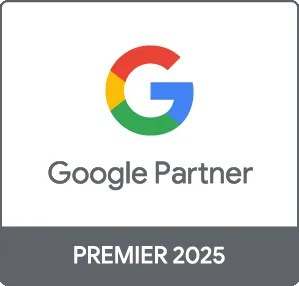Pay-per-click (PPC) advertising is a powerful tool for businesses looking to drive traffic and increase conversions. However, effectively managing a PPC account can be intricate and requires a strategic approach. In this guide, we will explore the essentials of PPC accounts, including setup, optimization, and best practices to maximize your advertising budget and achieve your marketing goals.
What is a PPC Account?
A PPC account is an online advertising account used to manage PPC campaigns across various platforms, such as Google Ads and Bing Ads. Businesses create these accounts to promote their products or services, paying a fee each time a user clicks on their ad. Effective PPC management ensures that each click provides value and contributes to overall business success.
1. Setting Up Your PPC Account
The first step in managing a PPC account is setting it up correctly. Here’s how:
- Choose Your Platform: Decide which PPC platform aligns best with your goals; Google Ads is the most popular choice.
- Define Your Goals: Establish clear goals for your campaigns, such as increasing website traffic, generating leads, or boosting sales.
- Target Audience: Identify your target audience based on demographics, interests, and online behavior to tailor your campaigns for maximum engagement.
2. Keyword Research and Selection
Effective PPC campaigns rely on well-researched keywords. Here are some tips:
- Use Keyword Tools: Utilize tools like Google Keyword Planner or SEMrush to find relevant keywords with high search volumes.
- Long-Tail Keywords: Incorporate long-tail keywords to target more specific queries and capture high-intent users.
- Negative Keywords: Implement negative keywords to prevent your ads from showing for irrelevant searches, which can save your budget.
3. Crafting Compelling Ads
The success of your PPC account also hinges on the quality of your ads. Consider:
- Ad Copy: Write clear, compelling ad copy that includes targeted keywords and a strong call-to-action (CTA).
- Ad Extensions: Utilize ad extensions, such as site links and callouts, to provide additional information and encourage clicks.
- A/B Testing: Conduct A/B tests on your ads to find out which variations perform best and optimize accordingly.
4. Managing Your PPC Budget
Budget management is critical for a successful PPC account:
- Set Daily Budgets: Determine daily budgets for your campaigns to control spending.
- Monitor Spend: Regularly review your campaigns to ensure you’re not overspending and that you’re getting value from your ads.
- Adjust Bids: Adjust your bids based on performance; increasing bids for high-performing keywords can yield better results.
5. Continuous Optimization
PPC account management doesn’t stop after setup. Continuous optimization is vital:
- Analyze Performance Metrics: Monitor metrics like CTR, conversion rates, and ROI regularly to gauge performance.
- A/B Testing: Regularly test different elements of your campaigns, including ad copy, landing pages, and targeting options.
- Stay Updated: Keep up with the latest industry trends and platform updates to ensure your strategies remain effective.
Conclusion
Managing a PPC account effectively is essential for driving traffic and achieving your business objectives. By carefully setting up your account, selecting the right keywords, crafting compelling ads, managing your budget, and continuously optimizing your campaigns, you can maximize your return on investment. At Prebo Digital, we offer expert PPC management services to help you navigate the complexities of digital advertising and achieve outstanding results. Ready to take your PPC account to the next level? Contact us today for a consultation!





